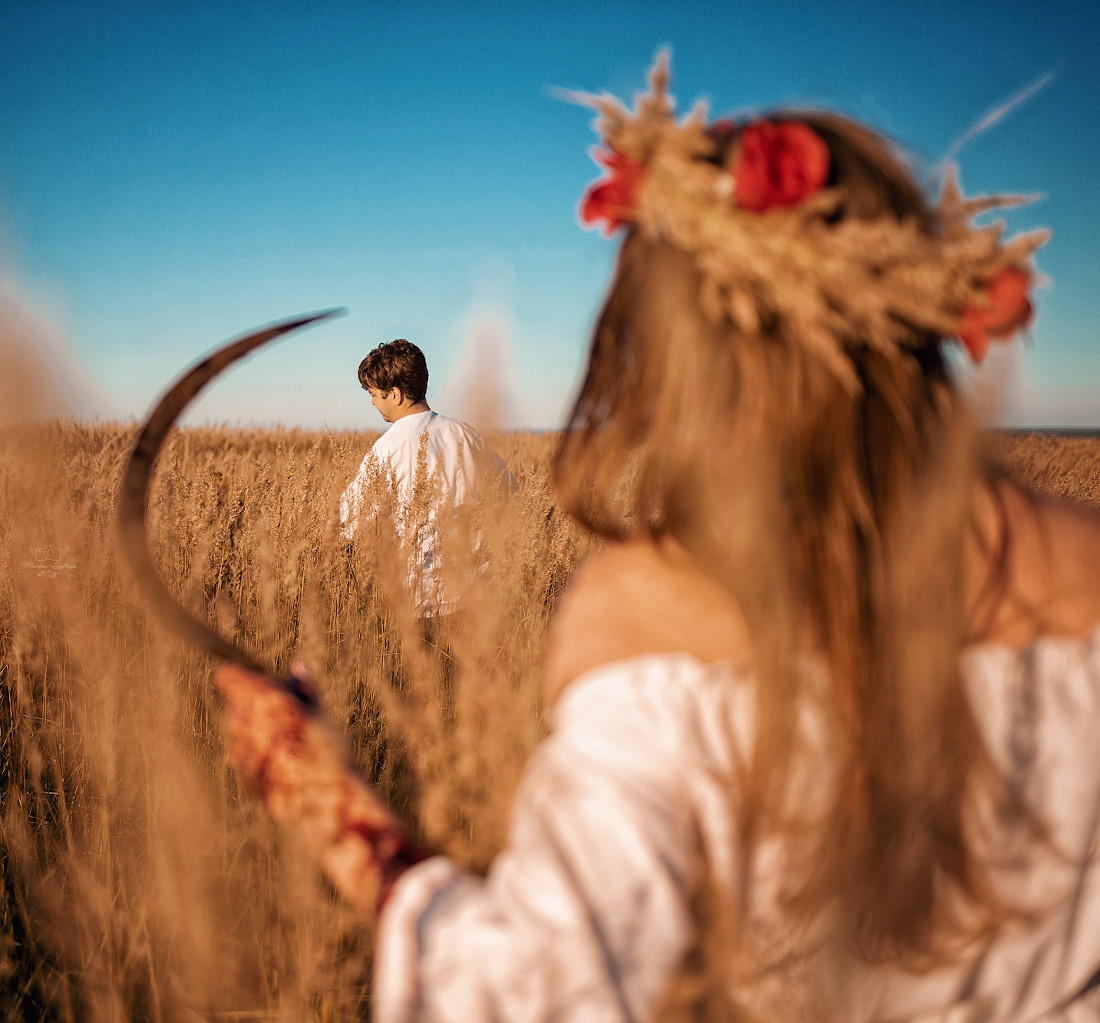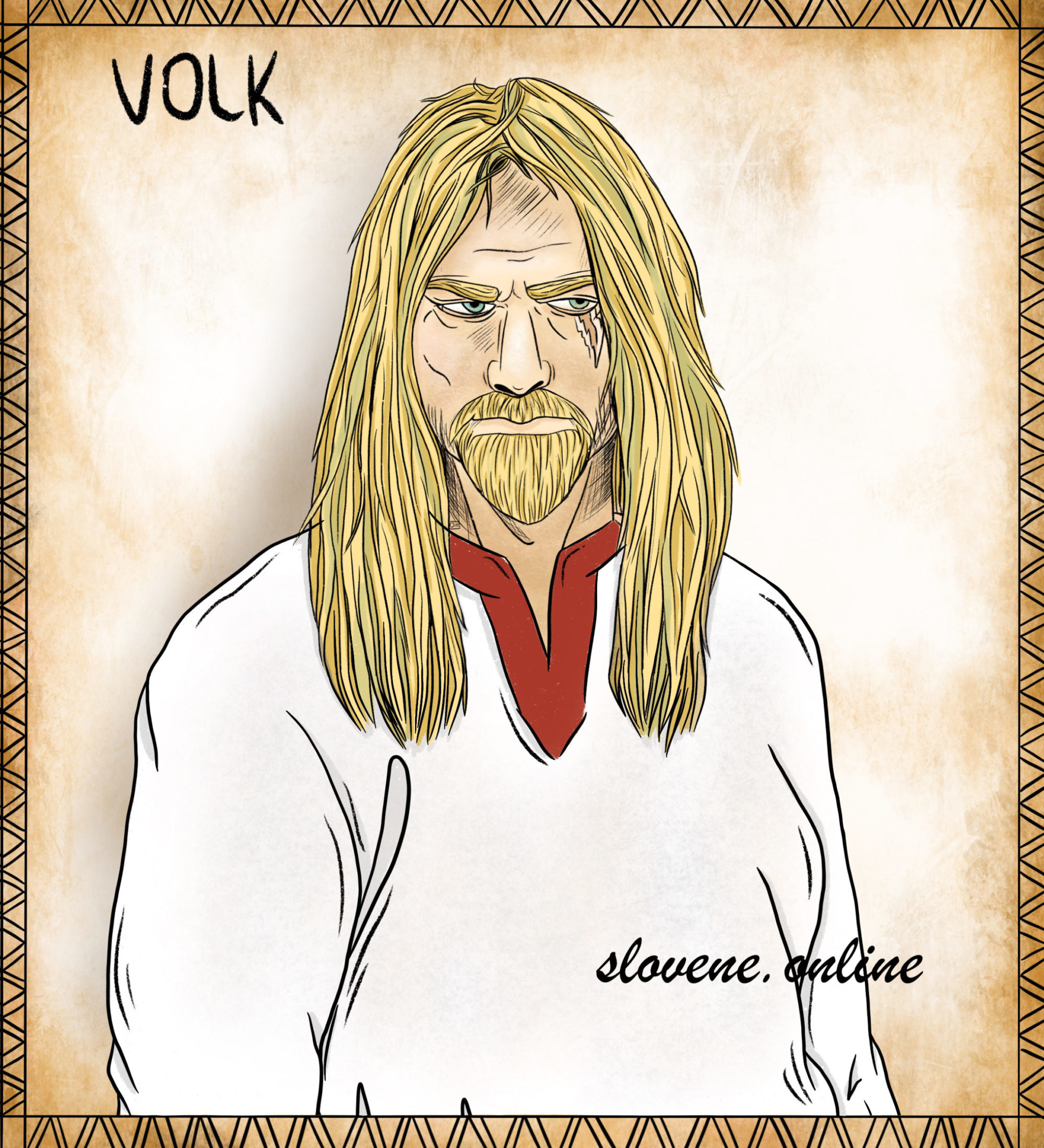Most often, the horseshoe was placed on the symbolic border of the “home space”. The Serbs buried it under the doorstep or in the foundation of the house during construction. Eastern and southern Slavs nailed a horseshoe on the doorstep or hung over the doors, as well as in the barn.
ꏍ
In the Carpathians, a horseshoe, together with an old shovel, was stuck into cabbage beds in the garden, so that people would look at these objects (and not at the cabbage) – in order to protect the crop from being “jinxed”. In Polesie, a horseshoe was placed under a girl’s pillow at night as part of a love magic ritual “to attract the boys.”
ꏍ
A horseshoe was nailed at the doorstep to “attract wealth to home,” as they said in Zhitomir (Ukraine), or for “people to be healthy like a horse,” as they said in Brest (Belarus). In Serbia, for a housewarming party, a horseshoe was nailed in front of the new house, “so that the happiness would go into the house, and not from it”. According to the Slavic tradition, a horseshoe found on the road was endowed with such special powers more than others.
ꏍ
Do you have a horseshoe at home? Where do you keep it and for what purpose?
ꏍ
To be continued…
ꏍ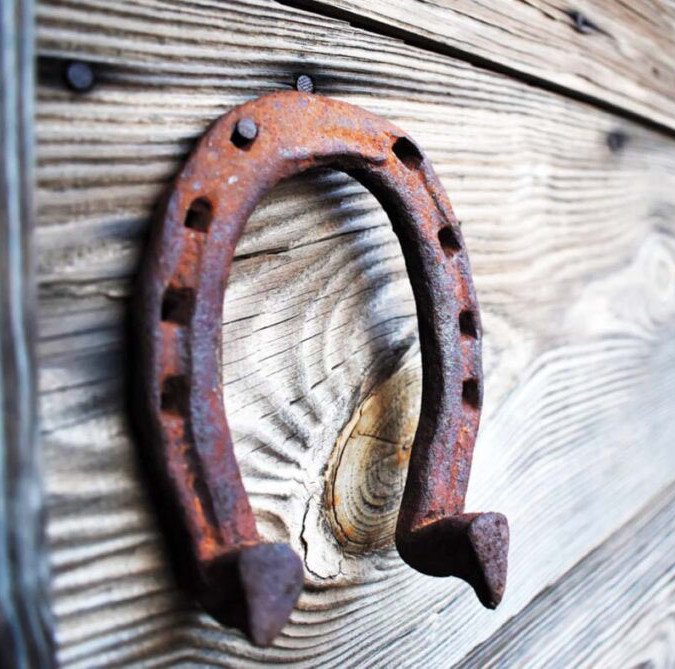
Horseshoe in Slavic tradition
Horseshoe in Slavic tradition served as a talisman both for people and house animals. It protected home from the evil eye and spirits, did not allow witches and sorcerers to “steal” milk from cows. And diseases, as the eastern and southern Slavs believed, were “captured” by the horseshoe and were not able enter the house.
ꏍ
In Russia, Serbia and Belarus, a horseshoe placed on the border of the home space was also believed to have a fertility/ producing power. It was perceived as an amulet capable of bringing good luck, happiness, fertility for people and animals, good cattle milk yield. In Polesie region, horseshoe was also used in love magic. 💕
ꏍ
Such properties of the horseshoe are due to the ability of iron to ward off evil spirits, as well as the method of crafting it (the blacksmith, forging the horseshoe, beats it with a hammer) and the fact that it was associated with a horse that trampled the horseshoe with its feet.
ꏍ
What properties do you think a horseshoe from a gift shop has?
ꏍ
To be continued…
ꏍ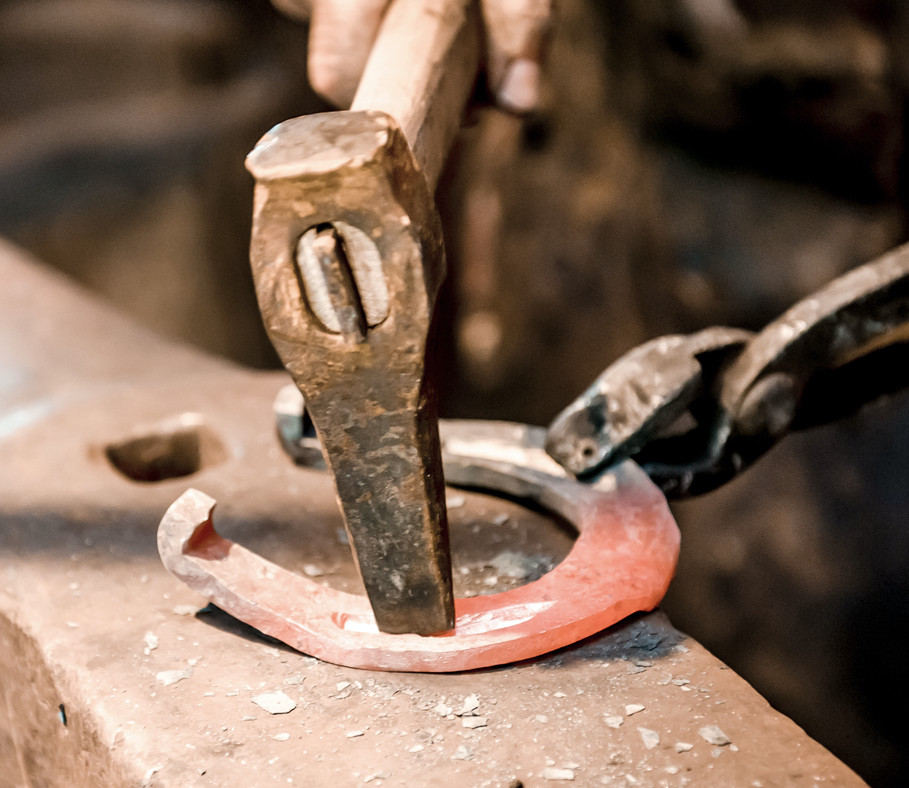
The fear of Poludnitsa
In Czechia, Poludnitsa punished mothers who violated the ban on working within six weeks after the childbirth. In later beliefs, Poludnitsa became a character used by adults to frighten children so that they did not go to the fields alone, did not go outside at noon, and went to bed on time. Russians used to say: “Do not go to the rye field, Poludnitsa will give you a burn”. Polish: “Nie chodź do grochu, bo cię przypołudnica weźmie” [Do not go to the field of peas, or Poludnitsa will take you].
ꏍ
To be safe from Poludnitsa, one needs to follow certain rules at noon. The Russians and Western Slavs at this time were forbidden to work or sleep in the field and near its edge. In Arkhangelsk region, people kept the window shutters closed, did not leave the house and did not let the children out, in a fear that Poludnitsa would tickle a person to death or take the child away.
ꏍ
In the Russian North, it was forbidden to swim and wash clothes in the period from 6 to 19 July in order to avoid the attack of Poludnitsa. People there also believed that if Poludnitsa appeared near someone – that person needed to lie down, so that she would not harm them. Lusatians believed that Poludnitsa, upon meeting a person, asked him/her about how to grow and process flax – and if that person is unable to give an answer, then she chopped his/her head off.
ꏍ
Well, do you know how to grow and process flax ?! 😉 😉 😉
ꏍ
More interesting facts can be found in: “Slavic Antiquities” – encyclopedic dictionary in 5 volumes by Institute for Slavic Studies of the Russian Academy of Sciences.
Artist: Dawid Urbaniak https://urbaniakdawid.artstation.com
ꏍ
Poludnitsa – the appearance
Russians, Poles and Lusatians, imagined Poludnitsa as a young and beautiful girl or woman dressed in white (sometimes red) and shiny clothes. The Russians and Czechs believed that she had white hair, while the Poles thought that Poludnitsa wore a white headscarf and a golden belt with a shiny dagger.
ꏍ
On the other hand, she was often portrayed as a horrifying ugly woman with a long scruffy hair. She was seen as old, crooked, black (or black-faced) and with iron teeth. Poles, Lusatians and Russians also believed that she was unusually tall.
ꏍ
Poludnitsa was portrayed with a huge frying pan, scythe or sickle with which she beheaded people. In some Polish stories, she was accompanied by seven black dogs. Western Slavs believed that Poludnitsa could sing. They also often described her having some zoomorphic features. Czechs believed that Poludnitsa had cow’s eyes and horse legs, and that she appeared in a whirlwind. Poles thought that she had pig bristles above her upper lip. Some even believed that Poludnitsa was invisible.
ꏍ
Which image of Poludnitsa is more appealing to you?
ꏍ
To be continued…
Artist: Anita Miakisheva https://anitamyakisheva.artstation.com
ꏍ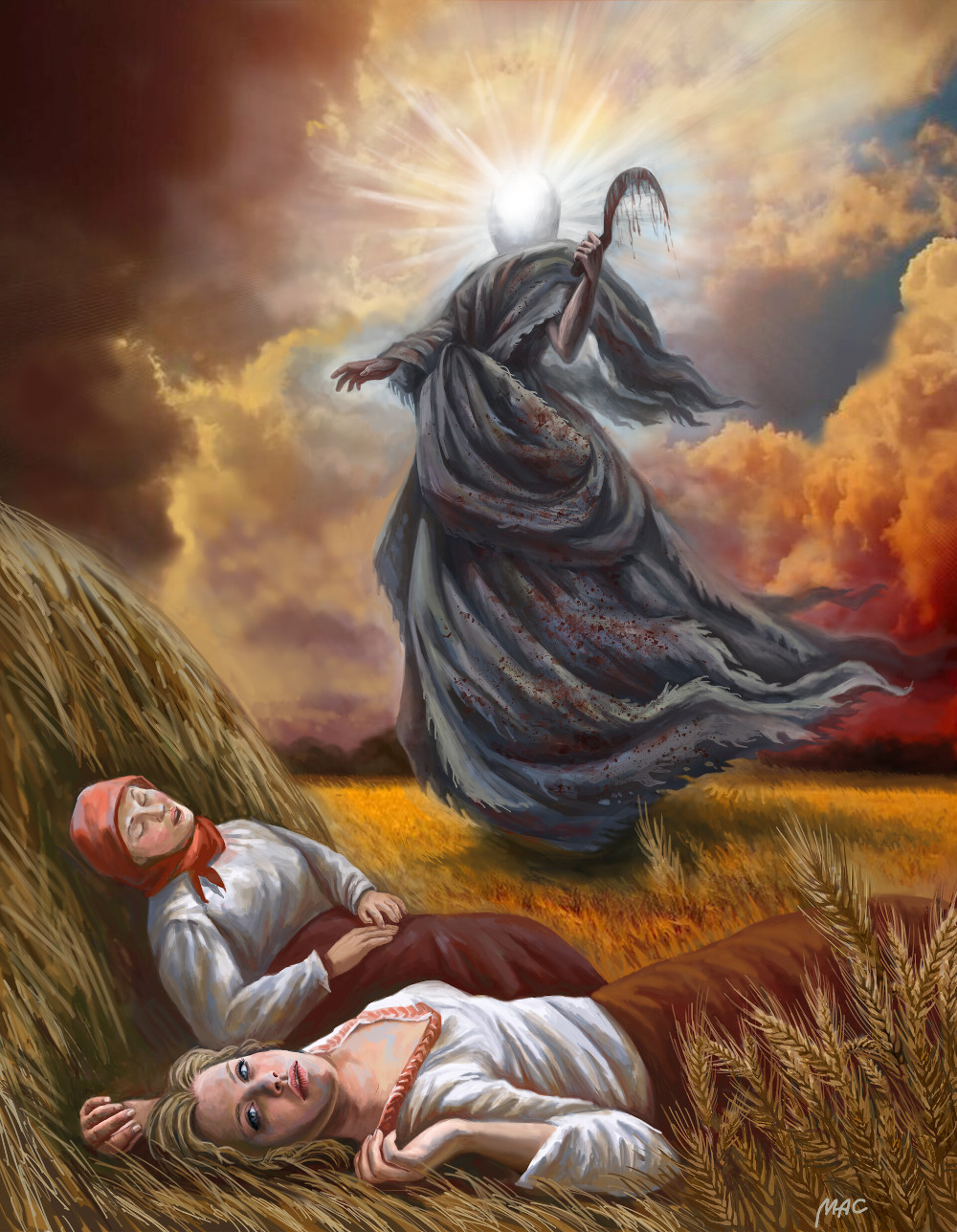
Poludnitsa is a Slavic female mythological character
Poludnitsa is a Slavic female mythological character, the personification of a midday (noon) – a borderline time of day dangerous for humans, according to the beliefs of our ancestors. She combines the features of a solar spirit (associated with summer sunlight and heat) and a seasonal demon (manifests itself during the blooming and ripening of crops). Poles called her Południca, Czechs – Polednice, Lusatians – Připołdnica or Pśespołnica.
ꏍ
It was believed that Poludnitsa comes from the dead people who do not have peace in the “next world”: from engaged girls who died before the wedding, as the Slovaks thought, from the souls of evil people, witches and sorcerers in the beliefs of the Poles.
ꏍ
Characters similar to Poludnitsa are also known among the Slavs. For example, Żytna Baba for the Poles, Režna Ženka for the Czechs, Zalizna Baba for the Ukrainians, Udelnitsa for the Russians, ‘Dyka Baba z dzheliznym makogonom’ for the Rusyns. They also stay in the field during the ripening of the harvest, regulate human behavior during this period and punish those who ruin the crops.
ꏍ
What other harvest protectors do you know?
ꏍ
To be continued…
Photo: Marina Syskova
https://vk.com/meranda_cosplay
ꏍ